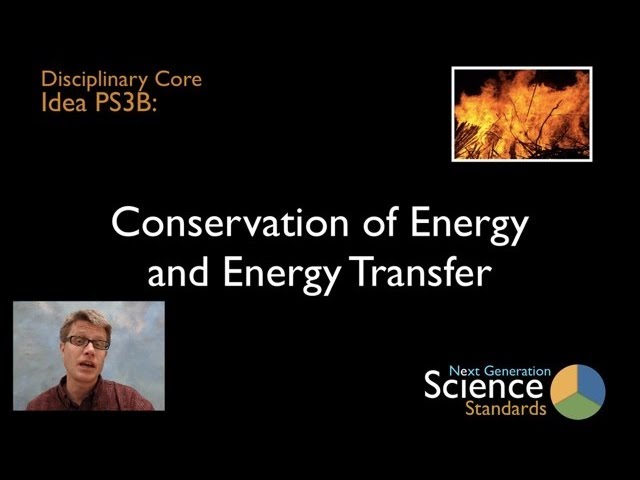ETS1.A: Defining Engineering Problems
In this video Paul Andersen explains the first step in the design process, defining and delimiting the engineering problem. Design requires a clear definition of the problem and this is done by addressing both the constraints and criteria of each solution. This will become increasingly important as future problems require complex solutions. A K-12 teaching progression is also included.
PS3.B: Conservation of Energy and Energy Transfer
Paul Andersen explains how energy is conserved within a system. In both macroscopic and microscopic collisions the amount of energy before the collision is equal to the amount after. He then defines heat as energy transfer between objects with different temperatures. He explains how heat is transferred via conduction, convection and radiation. A teaching progression K-12 is also included.
PS3.A: Definitions of Energy
In this video Paul Andersen attempts to explain the age old questions - What is Energy? Even though it comes in many forms one of the defining characteristics of energy is that it is conserved over time. He then explains that all energy is either a function of motion, due to its position within a field or radiation. A teaching progression K-12 is also included.
ETS1.B: Developing Possible Solutions
In this video Paul Andersen explains how many possible solutions are developed in the design process. As many solutions to the problem are identified using a brainstorming process. These solutions are compared to the specific constraints and criteria of the solution. Models are created to test the viability of each solution. A K-12 teaching progression is also included.
CCC5: Matter and Energy
In this video Paul Andersen explains how matter and energy flow and cycle through systems. He starts by explaining how energy and matter input and output will always be conserved. He addresses the many misconceptions surround energy and matter including the belief that food contains energy. He explains how nuclear reactions conserve both batter and energy. The video ends with a teaching progression for grades K-12.
SEP6: Constructing Explanations and Designing Solutions
Paul Andersen explains how scientists modify theories by constructing explanations. He also discusses the cycle of design used by engineers to solve problems. He starts by defining a theory as a well-established explanation of a phenomenon that is refined over time. Examples discussed in the video include the big bang theory, the germ theory and the theory of natural selection. He also lays out a progression for building this skill in students.






